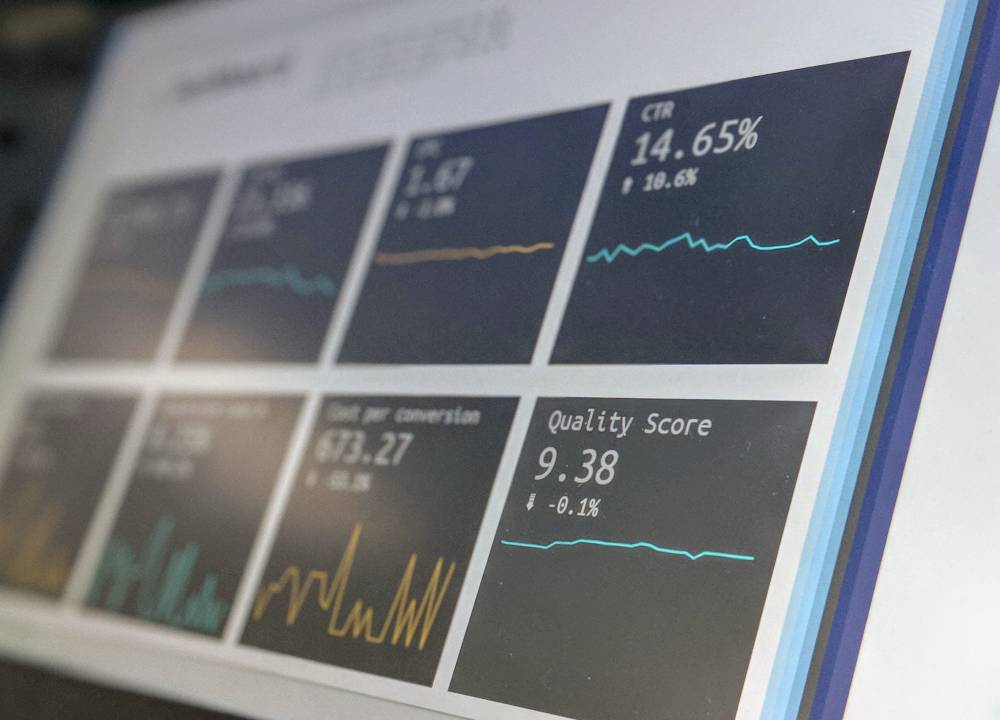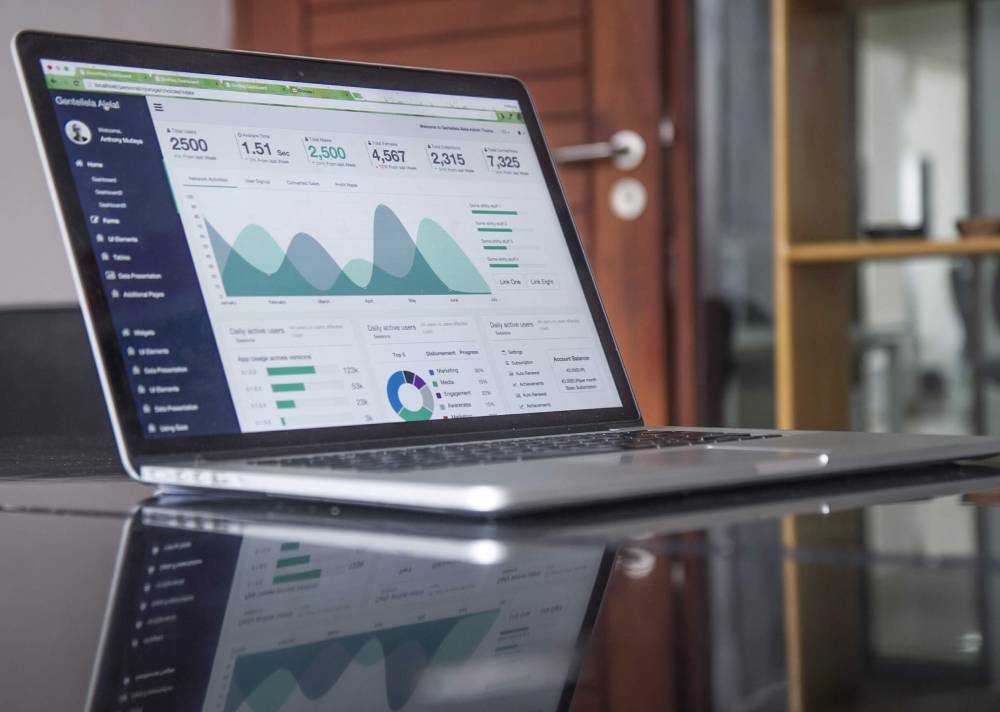Work Smarter: How Customs Data Fuels Data-Driven Lead Generation in 2024
In the world of business, data is king. Customs data, in particular, can provide valuable insights into potential prospects, suppliers, and customers. By analyzing the data, businesses can identify trends, demands, and niches in different countries, regions, and products, helping them target their services more effectively and generate more leads.
One platform that offers customs data search capabilities is GotchaFast. With GotchaFast, you can:
- Search customs data by importer, exporter, or product name
- Reveal a company’s full import history and supply chain insights
- Identify potential buyers based on imports of specific products
- Track competitor exports to find their customers

Table of Contents
Customs Data and Import Records
Customs data is detailed records of imports and exports filed with customs authorities in various countries. These records, known as bills of lading or import/export declarations, contain rich information about traded shipments such as the companies involved, commodities traded, trade routes, volumes and values.

Accessing and analyzing customs data can provide businesses with valuable trade intelligence and insights for lead generation. Companies can analyze import and export records to find potential customers and sales prospects based on their trading activities.
key ways customs data aids lead generation are:
- Discover new accounts and contacts: Import/export records reveal companies that are actively trading goods globally or in specific countries/regions. This allows identifying potential new accounts and decision makers to target.
- Understand customer import patterns: Analyzing a customer’s past imports provides intelligence on the types of products, volumes, sources etc. This helps customize sales pitches.
- Identify cross-selling opportunities: If a company imports certain products, they can be targeted with complementary offerings identifying cross-sell and upsell chances.
- Monitor competitor supply chains: Importing companies often switch between suppliers. Tracking a competitor’s trade flows and suppliers facilitates targeting their customers.
- Prioritize leads: Metrics derived from trade data like average shipment values, growth trends etc. allow scoring and prioritizing leads. Companies demonstrating potential get higher priority.
Using data on customs and imports helps identify and target potential sales opportunities globally, using a data-driven approach.

Customs Data Analysts
Customs data analysts are professionals who specialize in compiling, analyzing and interpreting customs and trade information. Their skills in making sense of complex import/export datasets aids organizations in trade compliance, supply chain optimization and data-driven decision making.
Some typical responsibilities of a customs data analyst include:
- Obtaining customs data from official sources and commercial data providers
- Cleaning and processing raw customs data into standardized formats
- Analyzing trade statistics to identify trends and patterns
- Creating reports, visualizations and dashboards to highlight key insights
- Supporting customs audits and trade compliance processes with data
- Developing data tools and models for forecasting, classification etc.
- Communicating data-driven recommendations to business teams
To be an effective customs analyst, some key skills are needed:
- Proficiency in data manipulation using SQL, Python etc.
- Strong analytical abilities to interpret trade data
- Attention to detail given complex customs requirements
- Communication skills to translate data findings into actionable business advice
- Knowledge of HS classification system and compliance frameworks
Customs data analysts help make informed decisions in areas like customs planning, supply chain flows, targeted sales prospecting and more. Their expertise in unlocking value from trade data is invaluable.
Accessing Customs Data
While customs authorities directly collect import and export declarations, several commercial data providers aggregate, clean and enhance this data to create searchable trade databases. Some popular options to access customs data are:
USA Trade Online – Provides free access to US import and export data aggregated by commodity, country, port etc. Users can build custom datasets but detailed data requires a paid subscription[4].
Gotchafast– Leading provider of searchable customs data for USA and other countries updated daily from 60,000+ bills of lading Offers company-specific databases.
PIERS – Contains over 1 billion USA trade records since 2003. Allows searching by bill of lading, company name, HS code etc. Integrates customs data with standardized company information.
TradeAtlas – Global database of importers and exporters derived from customs records in 220+ countries. Enables identifying potential new overseas customers[24].
Market Access Map – Interactive database from European Commission providing access to import statistics of ~200 countries. Useful for market analysis.
For businesses, combining data from multiple sources provides comprehensive intelligence on trade flows worldwide. This enhances lead generation, market research and supply chain decisions.
In conclusion, customs and trade data offers tangible benefits for sales prospecting and lead generation but requires the right tools and expertise to extract value. Customs data analysts fill this gap by contextualizing complex data into strategic business insights. Utilizing their skills and specialized data services unlocks game-changing advantages.

Free Customs Data: A Cost-Effective Solution for Small Businesses
While some sources of customs data come with a cost, there are also free resources available. The U.S. Census Bureau offers free access to global trade data. Users can create customized reports and download them to Excel.
USA Trade Online lets users make personalized reports on US import and export stats.
Key features include:
- Data on monthly/annual US trade totals since 2002, updated regularly
- Query by commodities (HS codes), countries, districts, ports etc.
- Flexible data filtering and comparison across multiple variables
- Download results in Excel/CSV formats
The International Trade Commission’s DataWeb is another free portal providing access to US trade data . It offers granular import/export statistics by Harmonized Tariff Schedule (HTS) codes and end-use categories. Users can analyze trends and fluctuations in trade volumes/values across commodities and countries through an interactive dashboard.
Free customs data is a cheap option for small businesses and startups without money for pricey data subscriptions. However, it’s important to note that free data may not be as comprehensive or up-to-date as paid data sources.
Leveraging Data for Lead Generation: A Step-by-Step Guide
- Identify Your Target Market: Use customs data to identify businesses that are involved in high volumes of imports and exports. These businesses are likely to need your products or services.
- Analyze the Data: Use data analytics tools to analyze the customs data and identify trends. This can help you understand your target market’s needs and preferences.
- Develop a Targeted Marketing Strategy: Create a marketing plan that meets the needs of your target audience, using your analysis. This could involve creating personalized marketing messages, offering tailored solutions, or targeting specific geographic regions.
- Track Your Results: Monitor the effectiveness of your lead generation efforts and adjust your strategy as needed. This could involve tracking metrics like conversion rates, customer acquisition costs, and return on investment.






